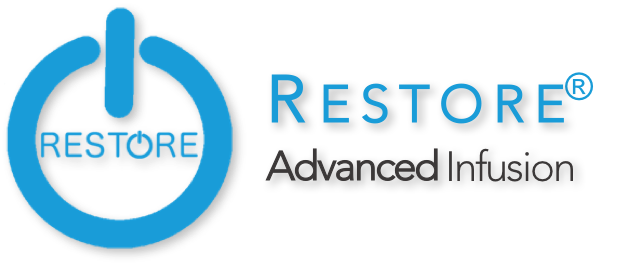Learn About The RESTORE Infusion Difference...
Restore | Reboot | Recover...with RESTORE

Choose Which Is Best For You
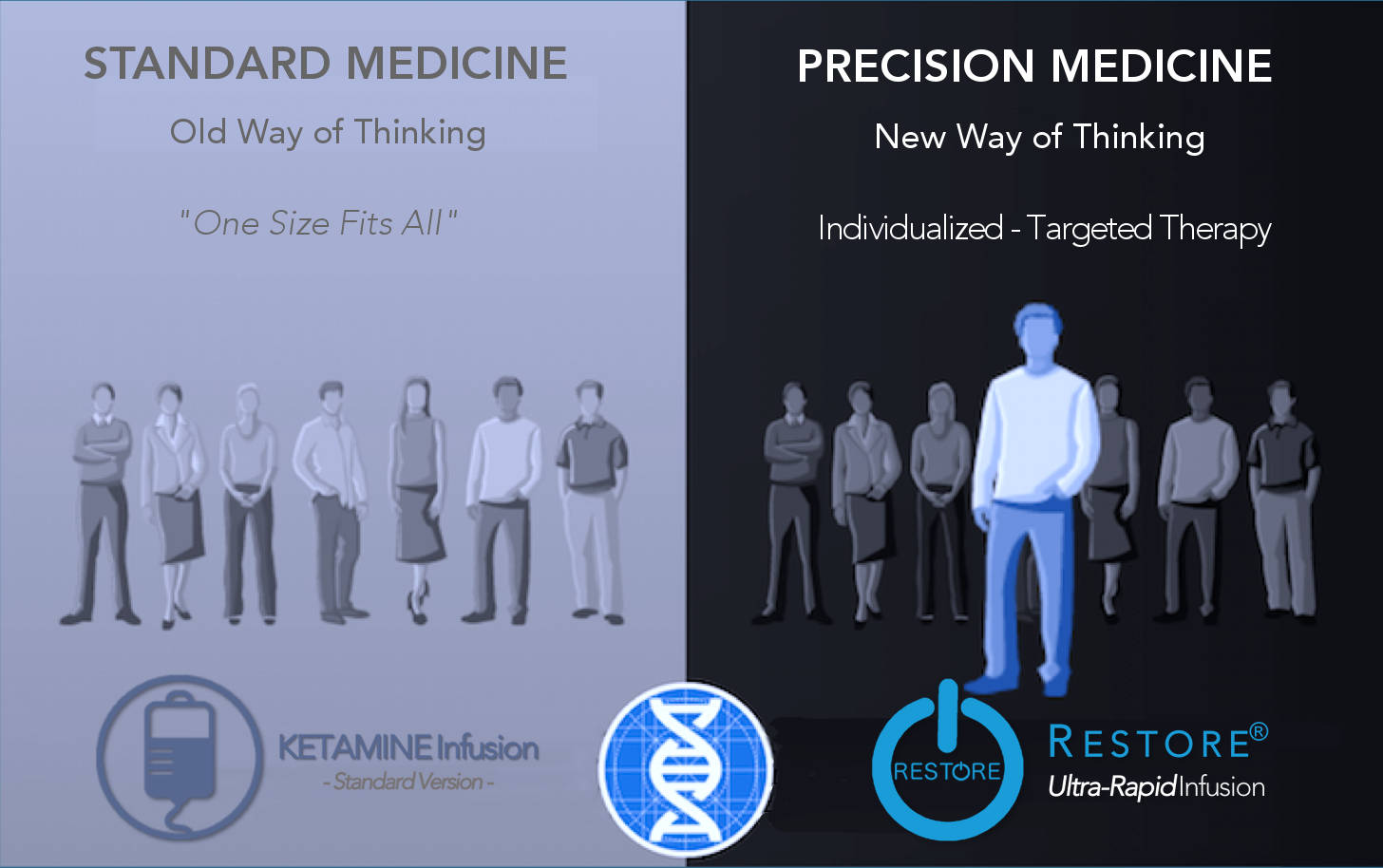

Not All Ketamine Infusions Are The Same
Standard Ketamine Infusion or the RESTORE Ultra-Rapid Infusions
It may come as a surprise to find out that not all ketamine infusions are the same. Although people might say that ketamine is just ketamine, which is generally true, there is a little more to it than that. Like anything else, depending upon how you use it can alter the effects dramatically.
As a former Assistant Professor in the Department of Anesthesiology of Yale School of Medicine, where the ketamine infusion for depression was developed in 1994, I have had years of experience with ketamine therapy and developed RESTORE infusions to improve upon the regular, standard ketamine infusion. Using RESTORE, we have successfully treated some of the most challenging cases that have been resistant to any other conventional or alternative medical therapy.
The RESTORE Infusions are very different from the regular ketamine infusion. It is the only ketamine-based infusion, for example, that can provide long-term remission of symptoms in just 3 days with 3 personalized/precision medicine treatments. Up to 85% of our patients with "treatment-resistant" depression, anxiety, and post-traumatic stress disorder have dramatic and long-lasting improvement, and in many cases, remission.
When patients fail to improve after multiple regular ketamine infusions from other providers, they are often referred to us. Even in these extreme cases, the RESTORE Infusion is very effective because it is an exact and targeted therapy combined with an innovative treatment protocol that dramatically improves efficacy.
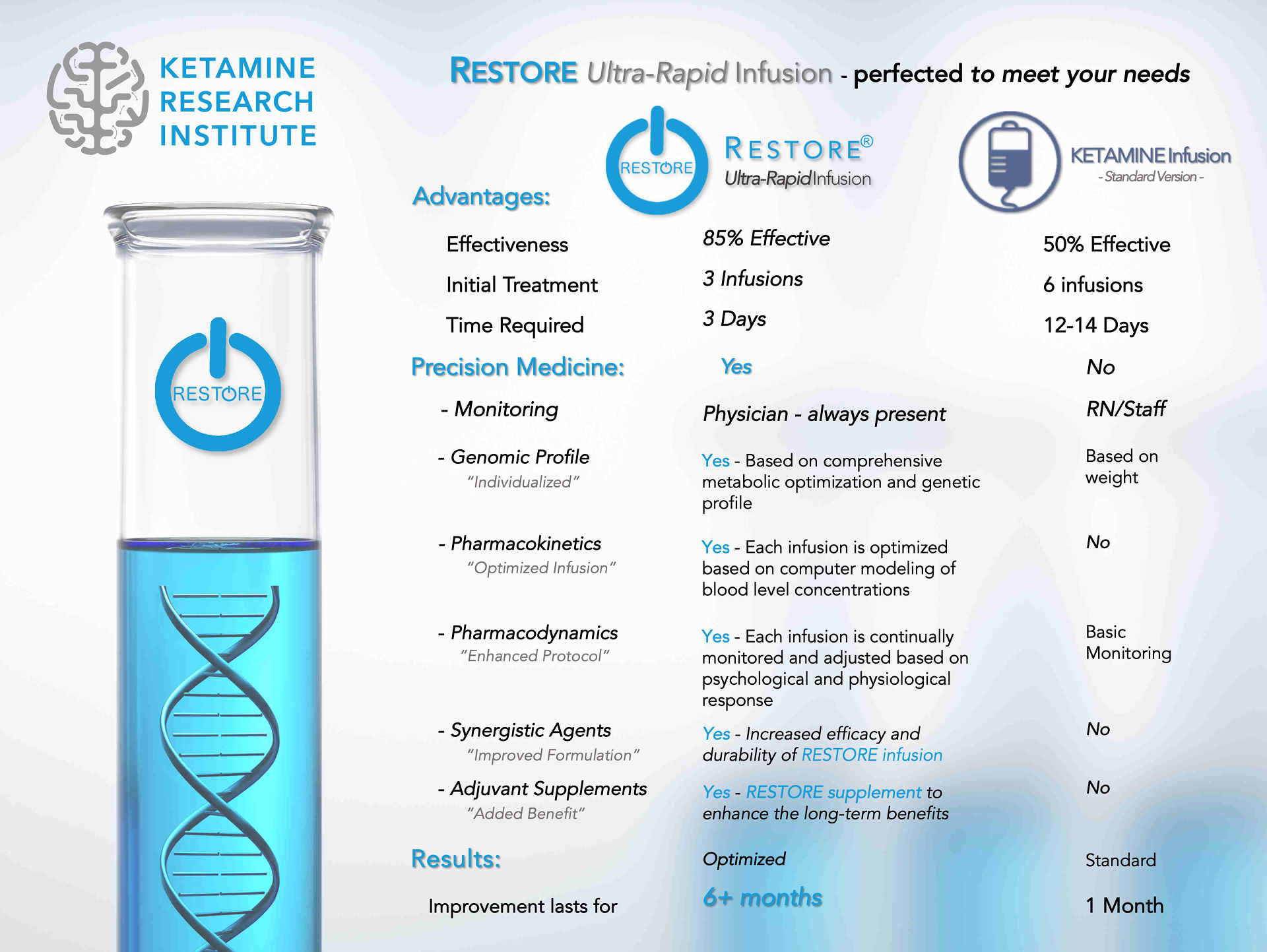
How it works:
But then what happens? In basic terms, ketamine blocks a brain receptor known as the NMDA receptor (although it works at many other receptors simultaneously). By blocking specific NMDA receptors, the infusion stimulates a rapid release of the neurotransmitter known as glutamate. Glutamate is an "excitatory" neurotransmitter, and this initial but relatively brief "glutamate burst" quickly helps to lessen symptoms of depression and anxiety for the first few days.
Why typical ketamine infusions only provide short term relief –
The good news is that if you are suffering from depression and anxiety, you may have a rapid response. Then, to make the ketamine effect last a little longer than just a few days, up to five or more additional infusions are necessary. Now the bad news; even with 6 or more repeated ketamine infusions, the beneficial effects are only temporary, usually lasting 3-4 weeks before you need another infusion. So, while the standard ketamine infusion can be very effective, it does not lead to long-term relief or remission of symptoms. Still, if nothing has helped you in the past, then that is still a great benefit. However, we view this as a "band-aid" approach requiring ongoing monthly infusions to keep feeling better but not providing any long-term benefits. Why doesn't it last longer?

Why doesn't it last longer?
There are several reasons why the effects of a ketamine infusion do not last very long. It is important to remember that the original ketamine infusion developed at Yale in 1994, which is now commonly used to treat some mood disorders, was never initially intended to treat depression or anxiety.
"All medications we use today come in different dosages – different conditions and different individuals respond best to certain amounts of medication but not others."
The majority of ketamine physicians lack the essential background and experience necessary to go beyond the basic infusion. They use the older, antiquated original protocol. Each patient is given 0.5 milligrams of ketamine for each kilogram of overall body weight, without any thought about the "optimal" or best dosage for that person or condition. After all, early reports suggested it worked better than any conventional medication that way, and so it was adopted as "good enough"."But is it?
Making Ketamine Even Better!
After years of working with hundreds of patients with difficult to treat conditions, we have identified many factors that either contribute to an infusion's effects or work against them. Often these issues are either not discovered or overlooked by many of those providing ketamine-based therapy. For example, many physicians are unaware of the significant effects and interactions of body mass, common medications, and genetic metabolism on the primary and secondary metabolism of ketamine.

Body Composition and Ketamine:
Ketamine is a very "lipophilic" drug. It has a natural tendency to quickly and easily accumulate in fatty tissue instead of staying in the bloodstream, where it can be delivered to the central nervous system. When ketamine is administered based on someone's total body weight, and we do not consider body composition (amount of body fat), underdosing or overdosing is more common than most believe. This practice can lead to very different responses between individuals. Just look at the picture below – each of these women would receive the same amount of medication if we just considered total body weight:
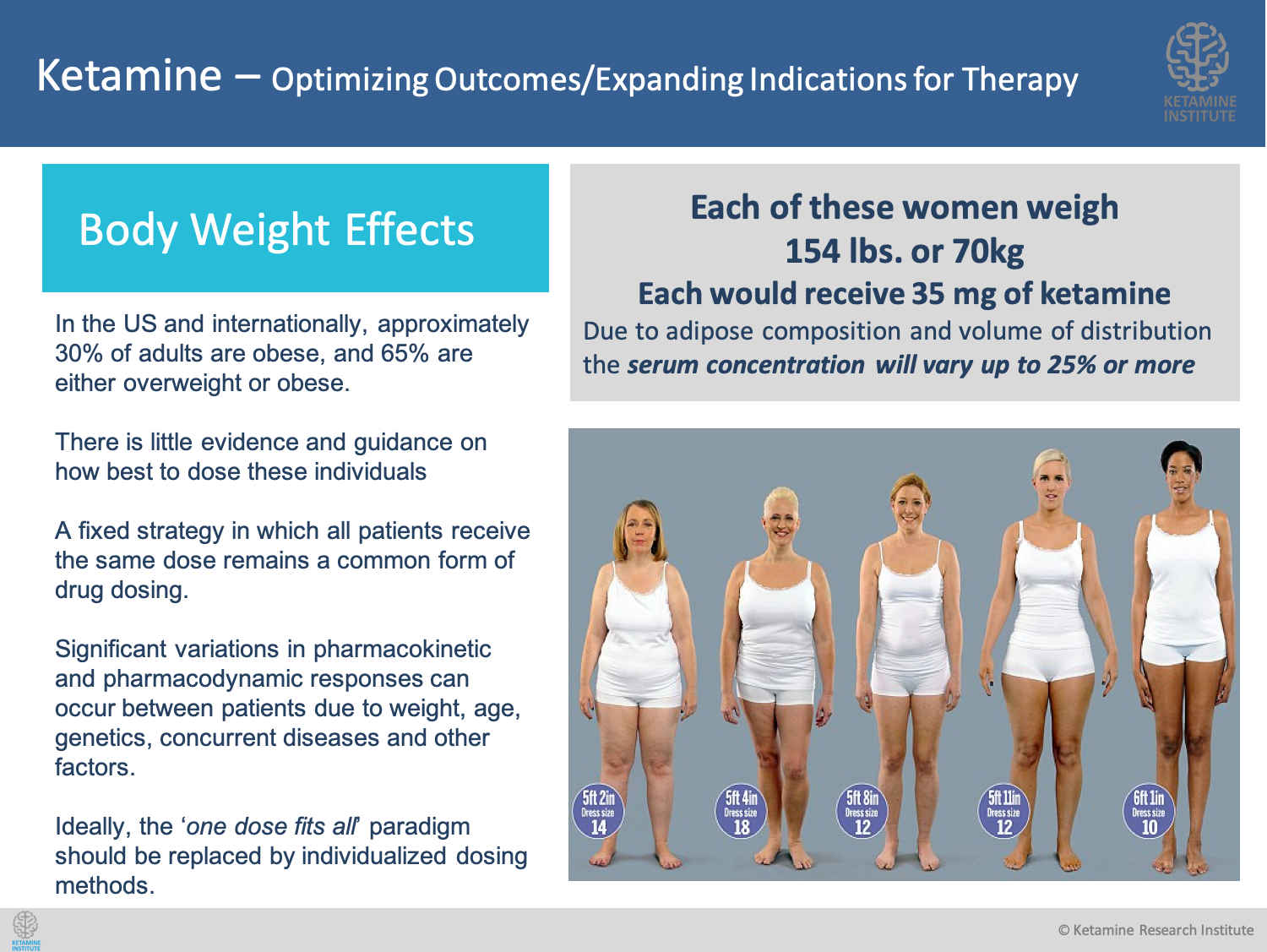
Medication Effects:
Another critical issue is the interaction between common medications and ketamine. Many are unaware that drugs such as Vyvanse, Adderall, Chantix, or Lamictal can significantly impact how ketamine works. Lamictal, for example, has been reported to block the effect of ketamine completely, and we do not advise patients on that medication to have infusions for that reason.
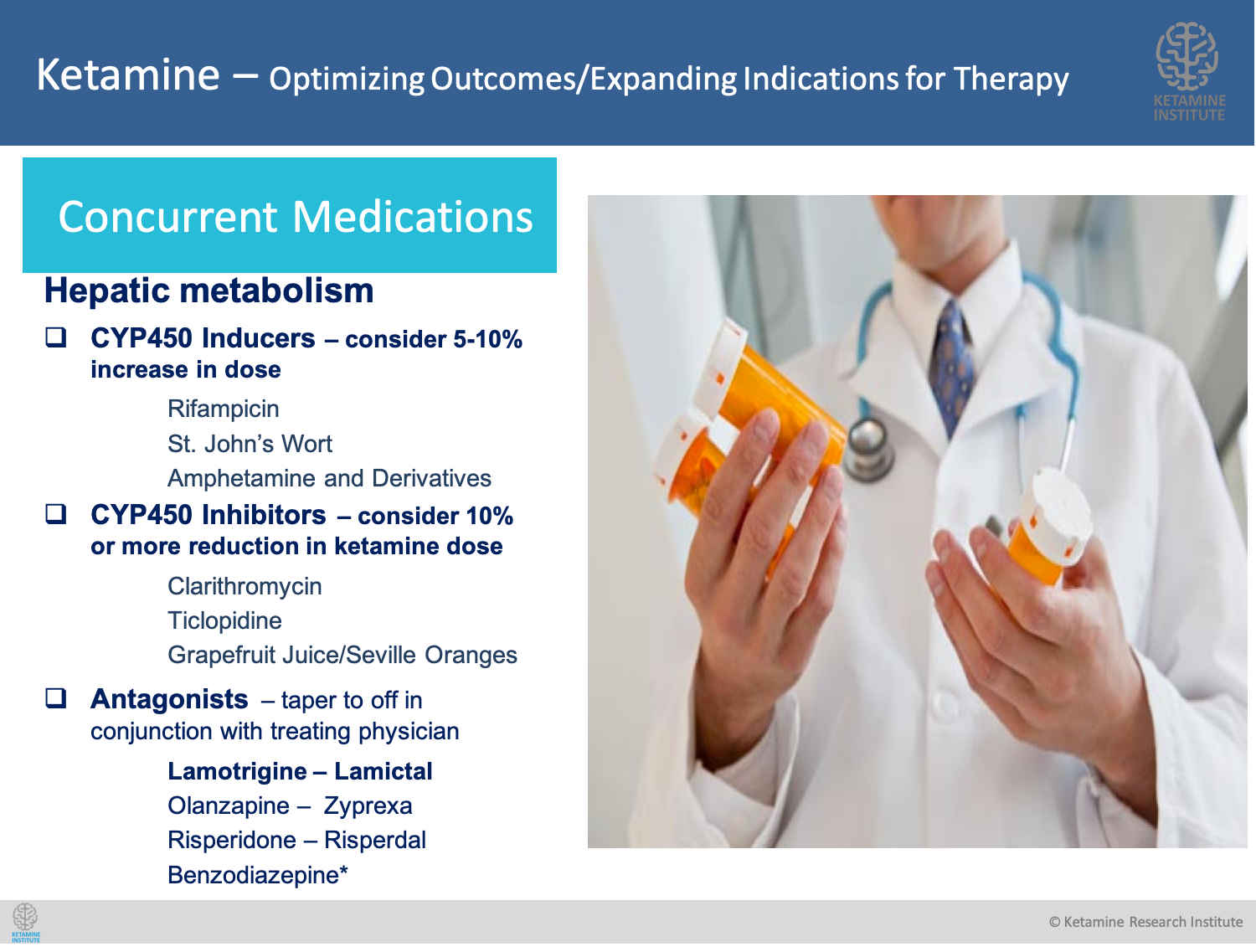
Metabolic and Genetic Issues:
Also, very important to understand the effect of your metabolic profile and genetic makeup on the actions of ketamine. We have found that individuals with low testosterone or carnitine levels may not respond optimally, and the infusion may not be as effective. That is one reason why we request blood work before considering someone for an infusion. If these issues are identified and corrected before the infusion, the beneficial results are greatly improved.
The newest approach to effective treatment is called Precision Medicine. We can use specialized genetic testing when necessary and have found that people with a "BDNF variant" or an "MTHFR variant" can have vastly different responses to ketamine. More than that, this type of testing can show individual differences in each individual's capacity to break down medications through what is known as the CYP450 system. Knowing this allows us to provide the best possible dosing strategy to obtain the greatest chance for improvement.
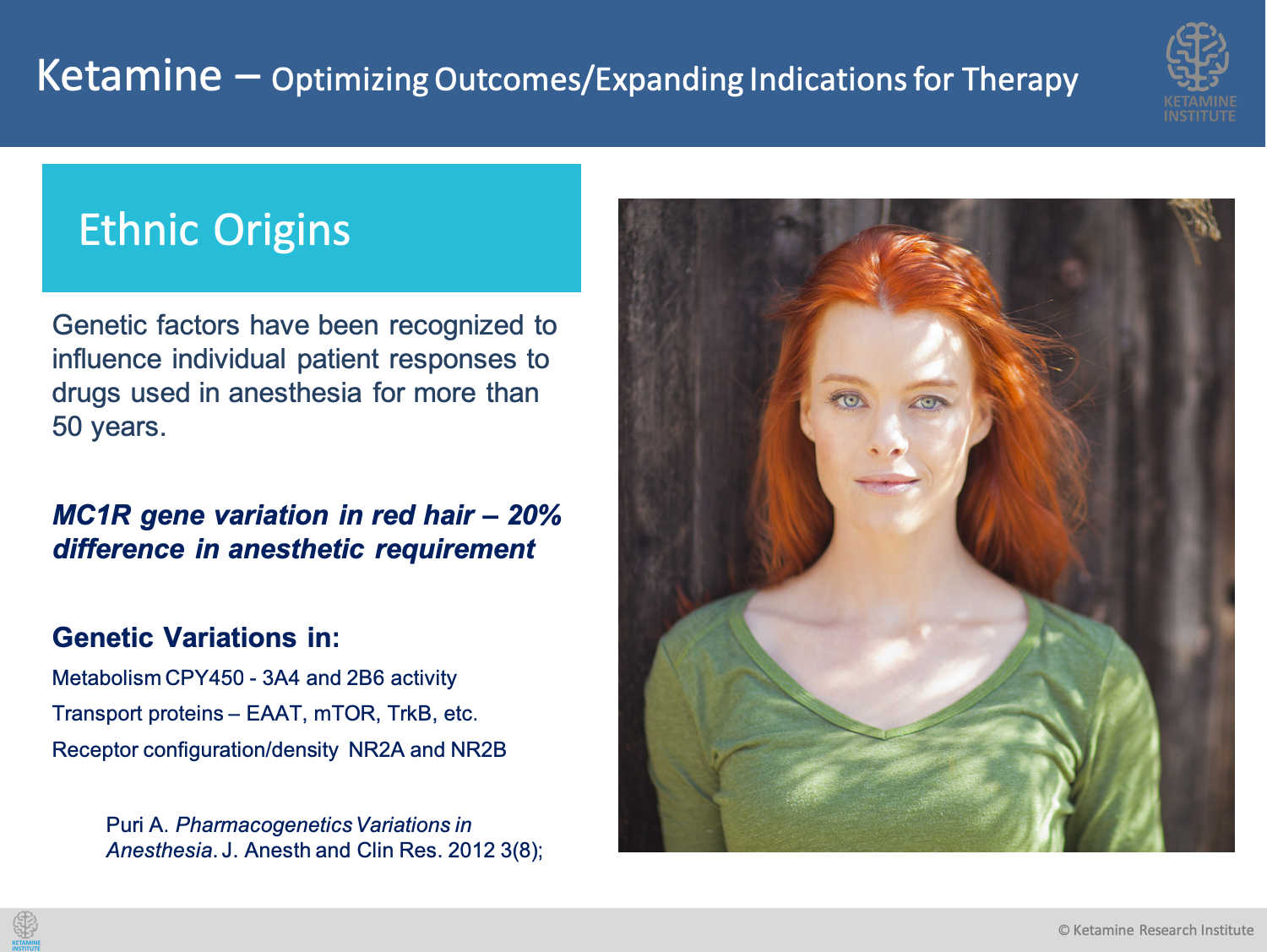
Older Protocol:
Lastly, and in many ways, the most crucial reason why the benefits of a ketamine infusion are temporary is the old protocol used to administer it and the dose given. These factors together often do not allow for or prevent a second, critical step from occurring. For new brain connections to sprout, grow, connect and finally stabilize, you must have a factor to the sustained increase of another vital brain messenger known as "BDNF" or brain-derived neurotrophic factor.

RESTORE... improving upon the ketamine infusion
Realizing this, we have utilized it in many ways and, through years of clinical use and research, developed different options to increase its remarkable benefits for your treatment that are unique. In addition to the metabolic and genetic optimization of each patient we see, the RESTORE infusion is a unique combination of ketamine and magnesium additives to make it more effective. In addition, it is administered by our physicians using a proprietary infusion to provide the optimal blood levels for a more extended period. That is why RESTORE is faster acting, more effective, and longer-lasting than a regular ketamine infusion.
The Ketamine Research Institute is the only center in the United States that offers the Yale-National Institute of Mental Health ketamine infusion, also known as the "standard" ketamine infusion, and the advanced and more effective RESTORE Essential and the RESTORE Advanced Infusion.

Let's look more closely at some of the differences between the infusion options.
That is the RESTORE Essential and the RESTORE Advanced Infusion difference.
“The most important breakthrough in antidepressant treatment in decades”....
Thomas Insel, MD - Former Director, National Institute of Mental Health




